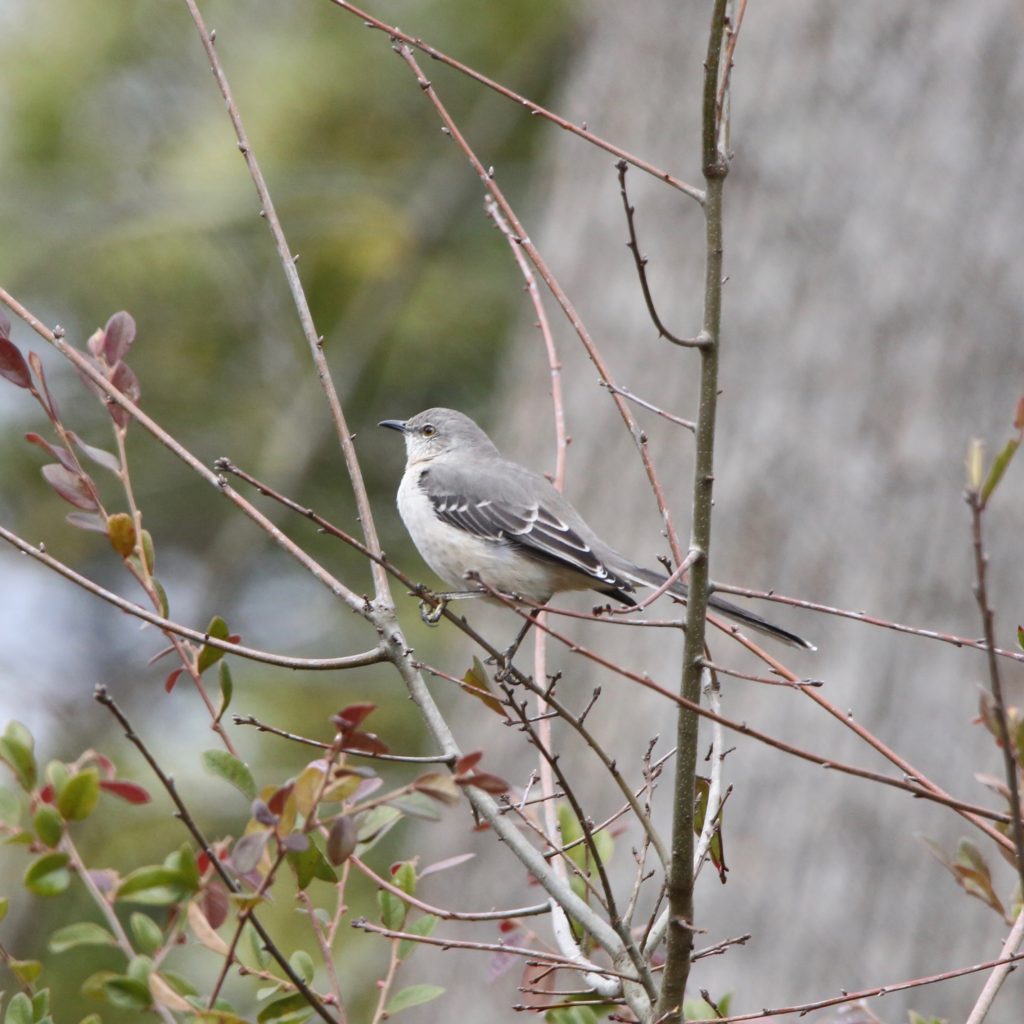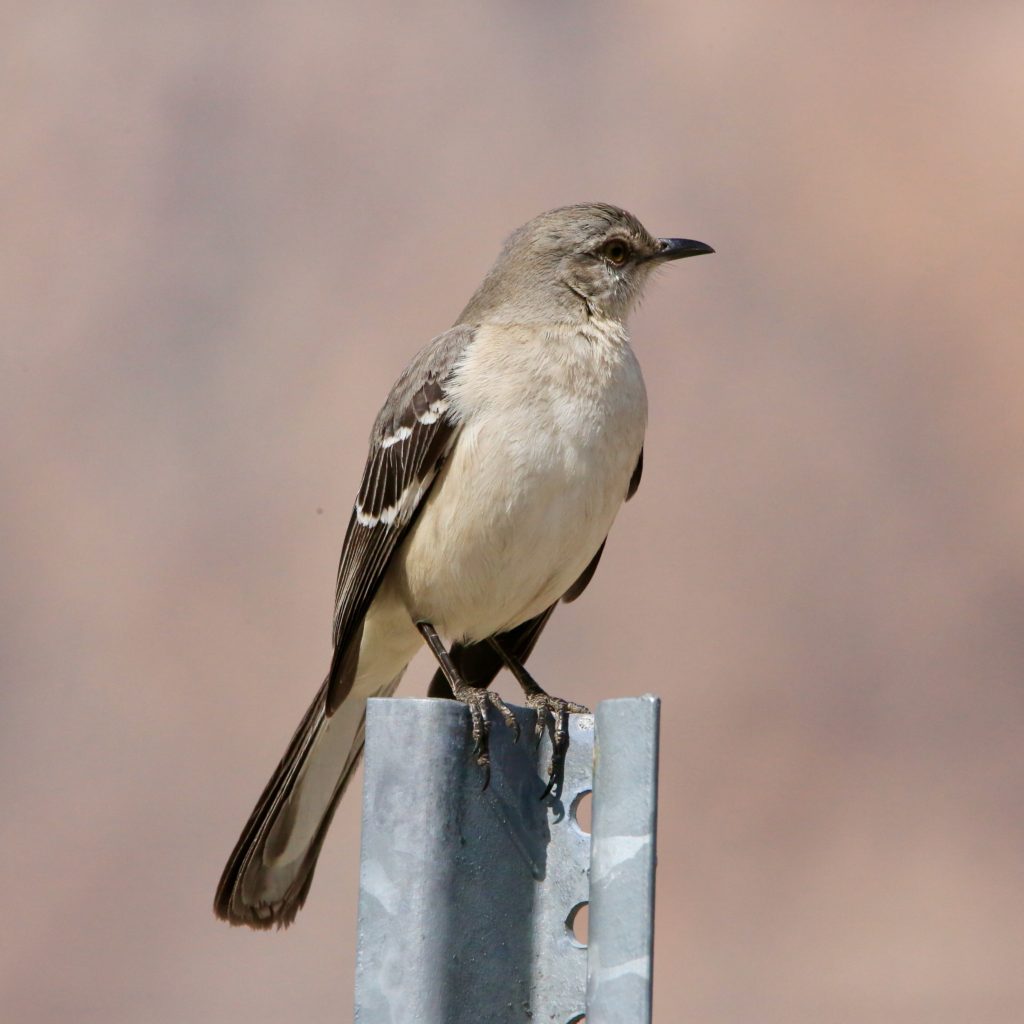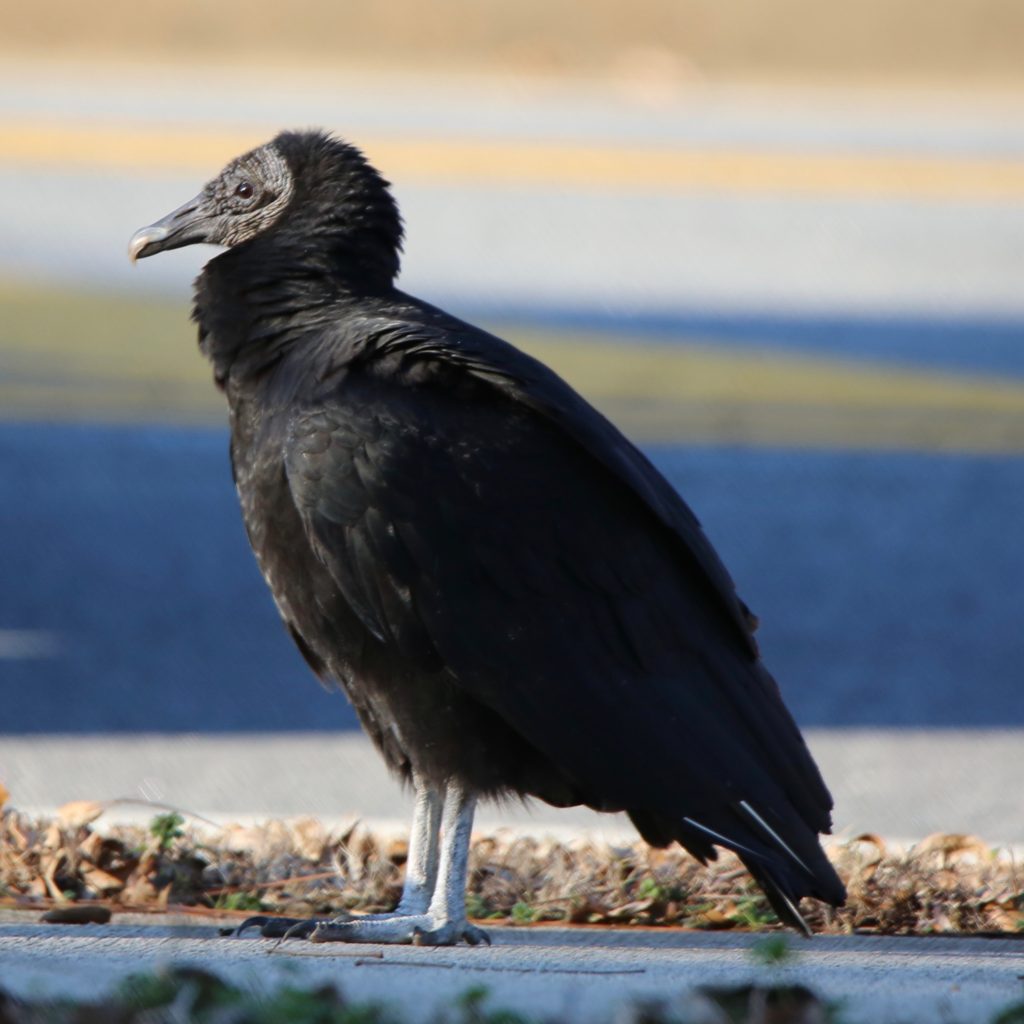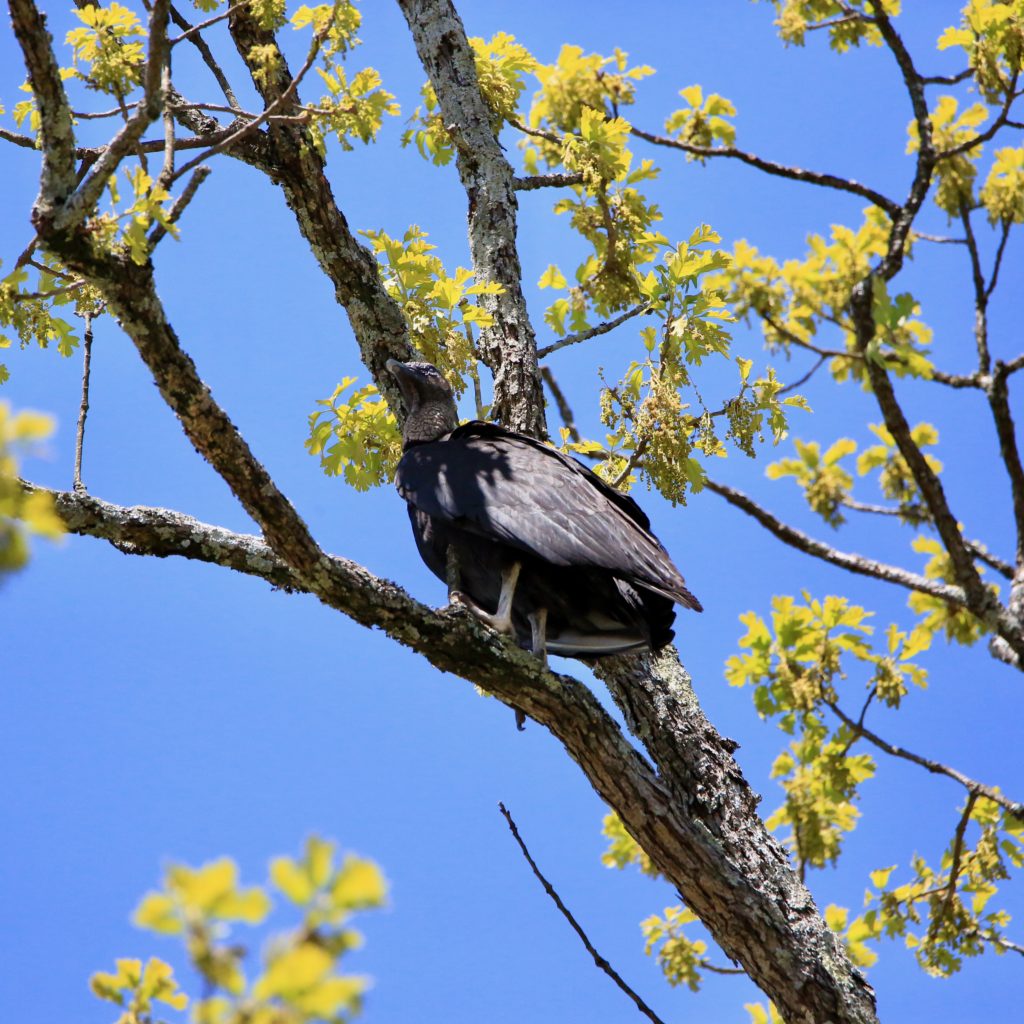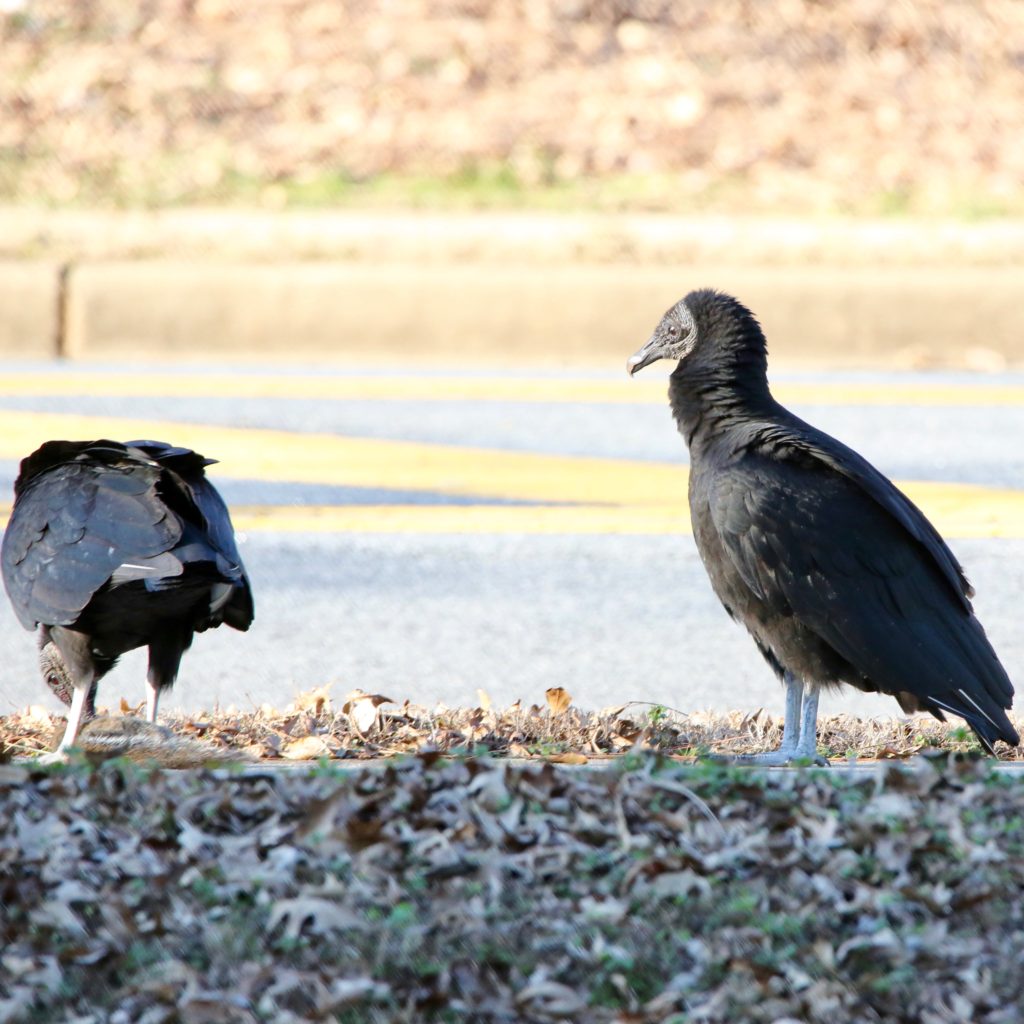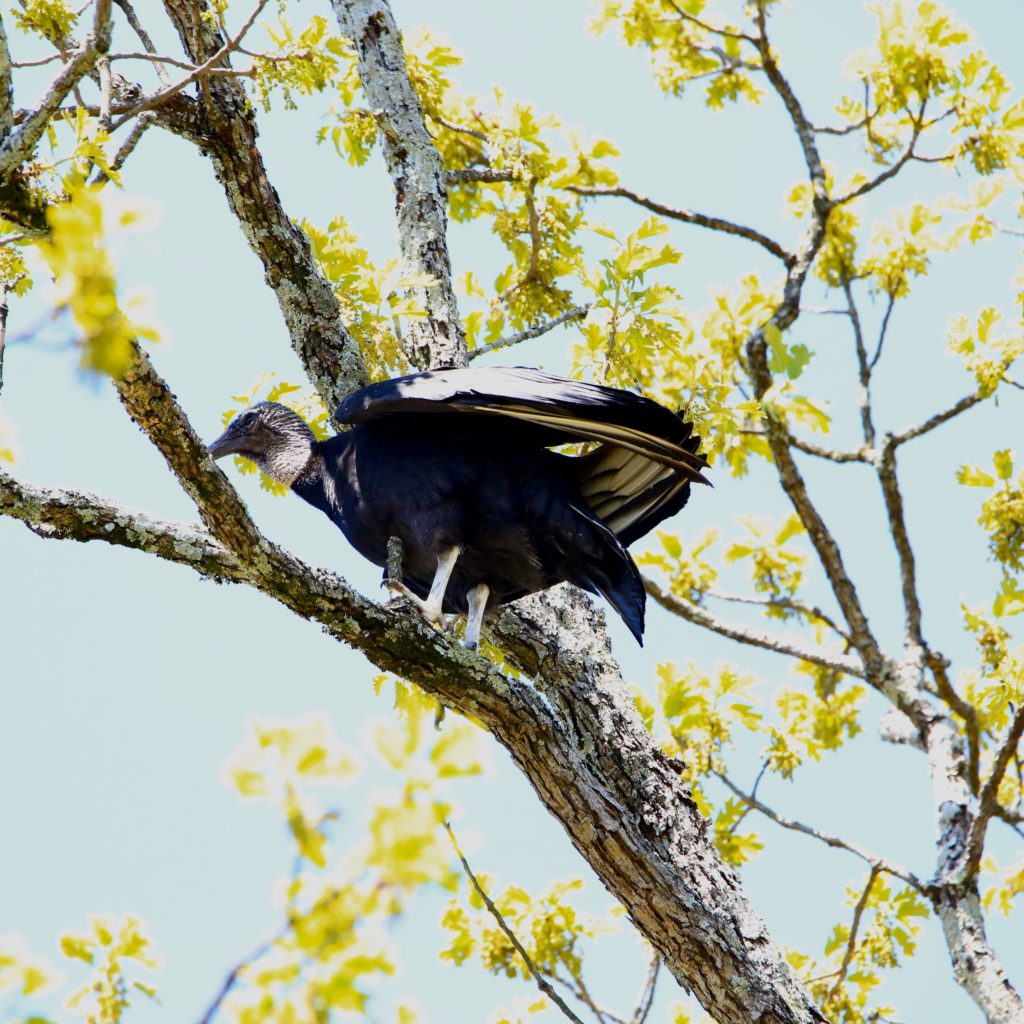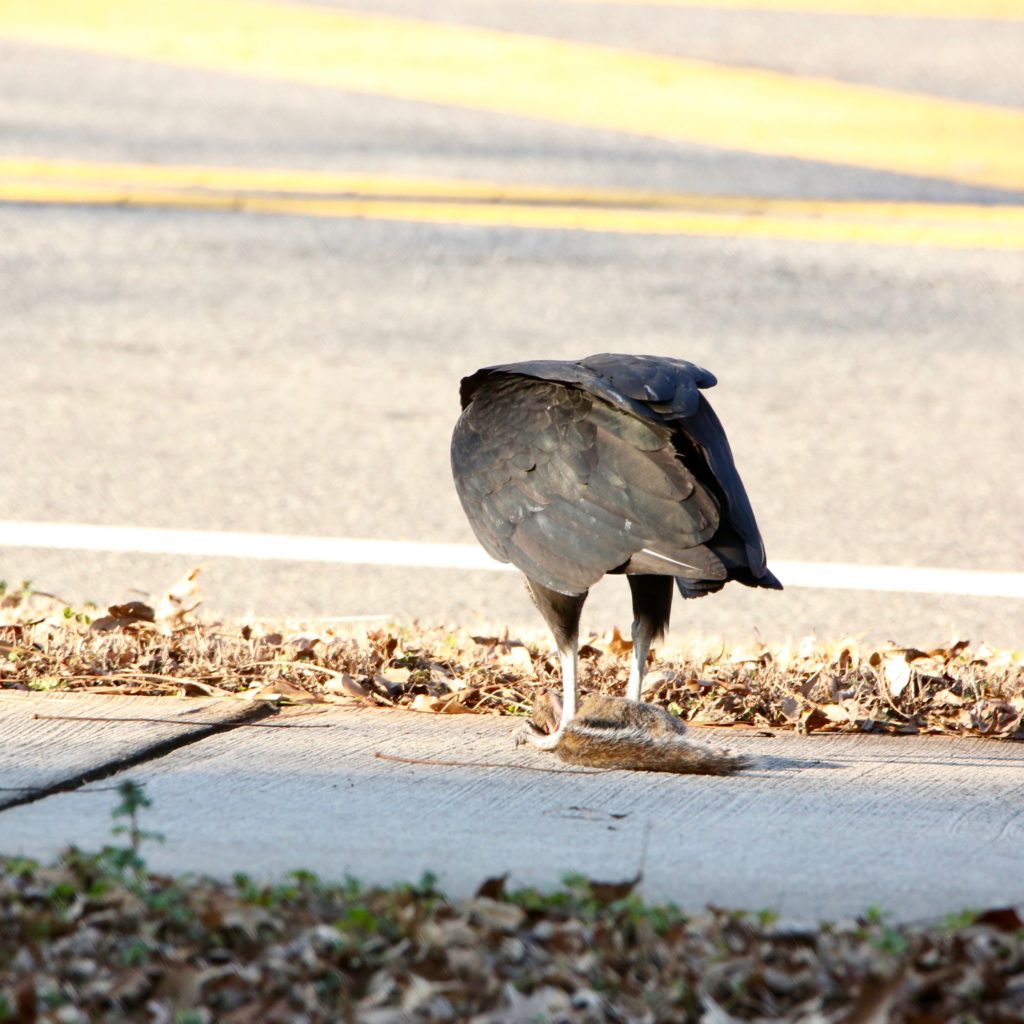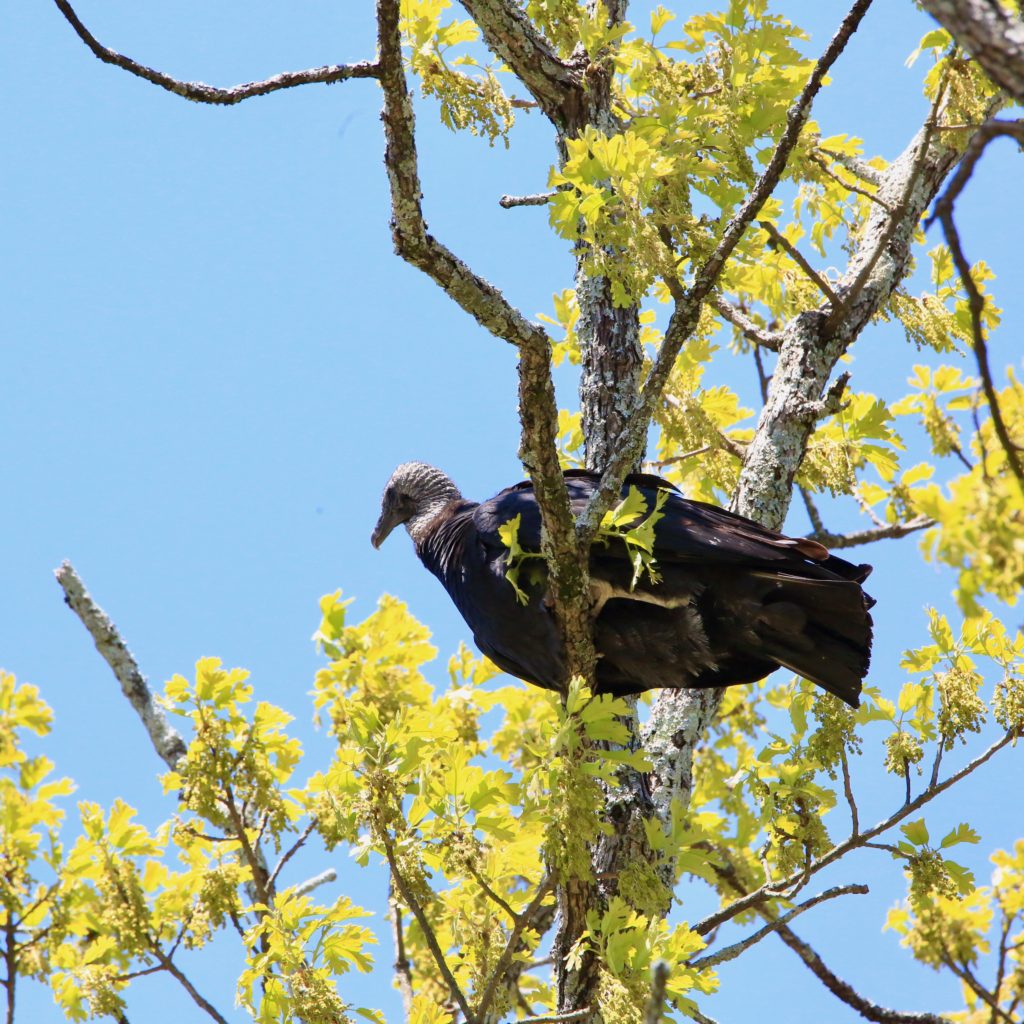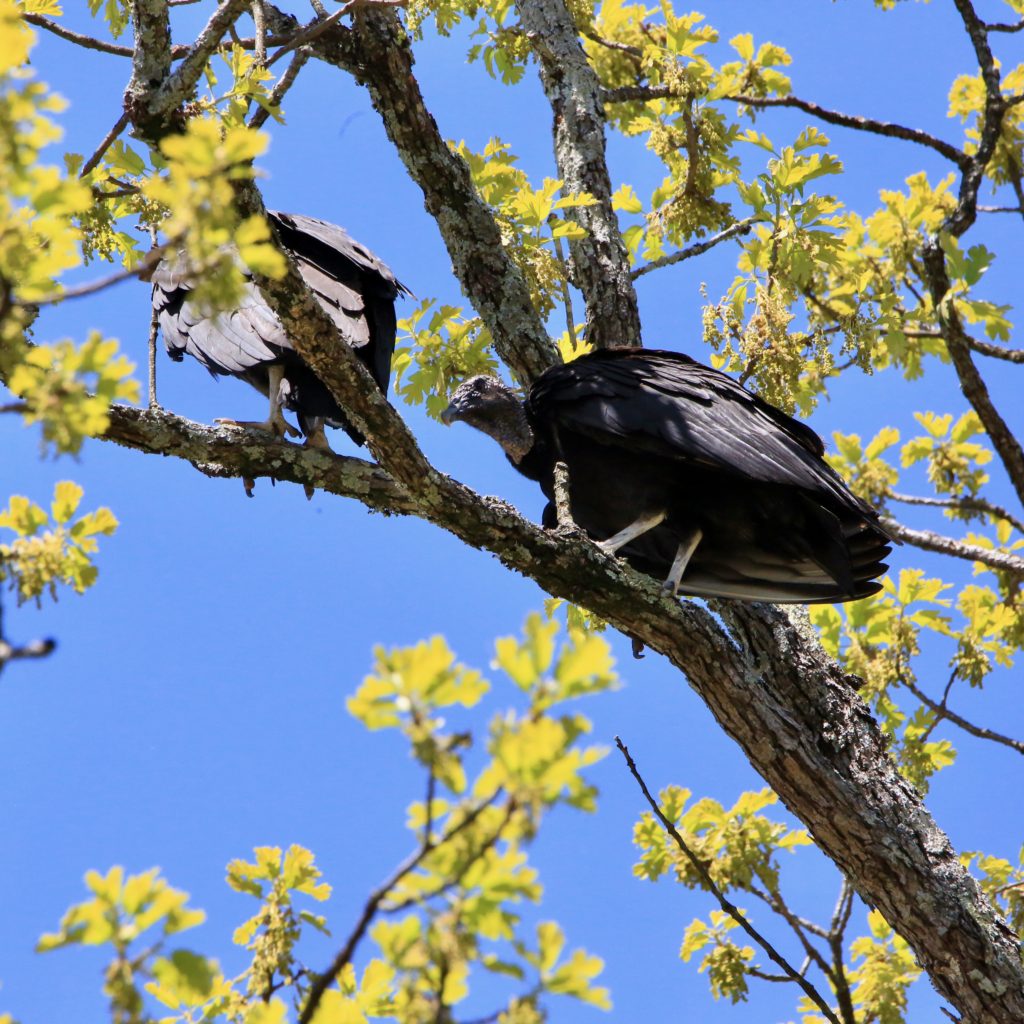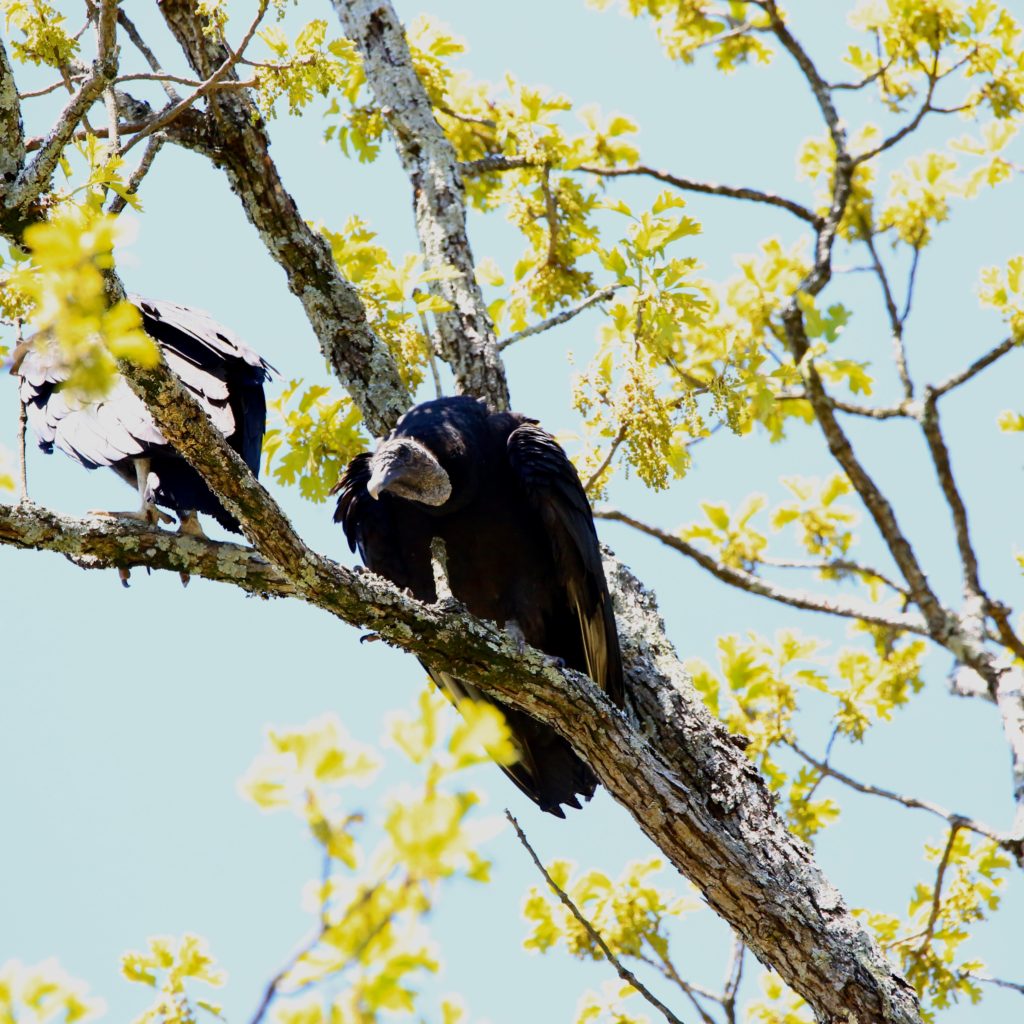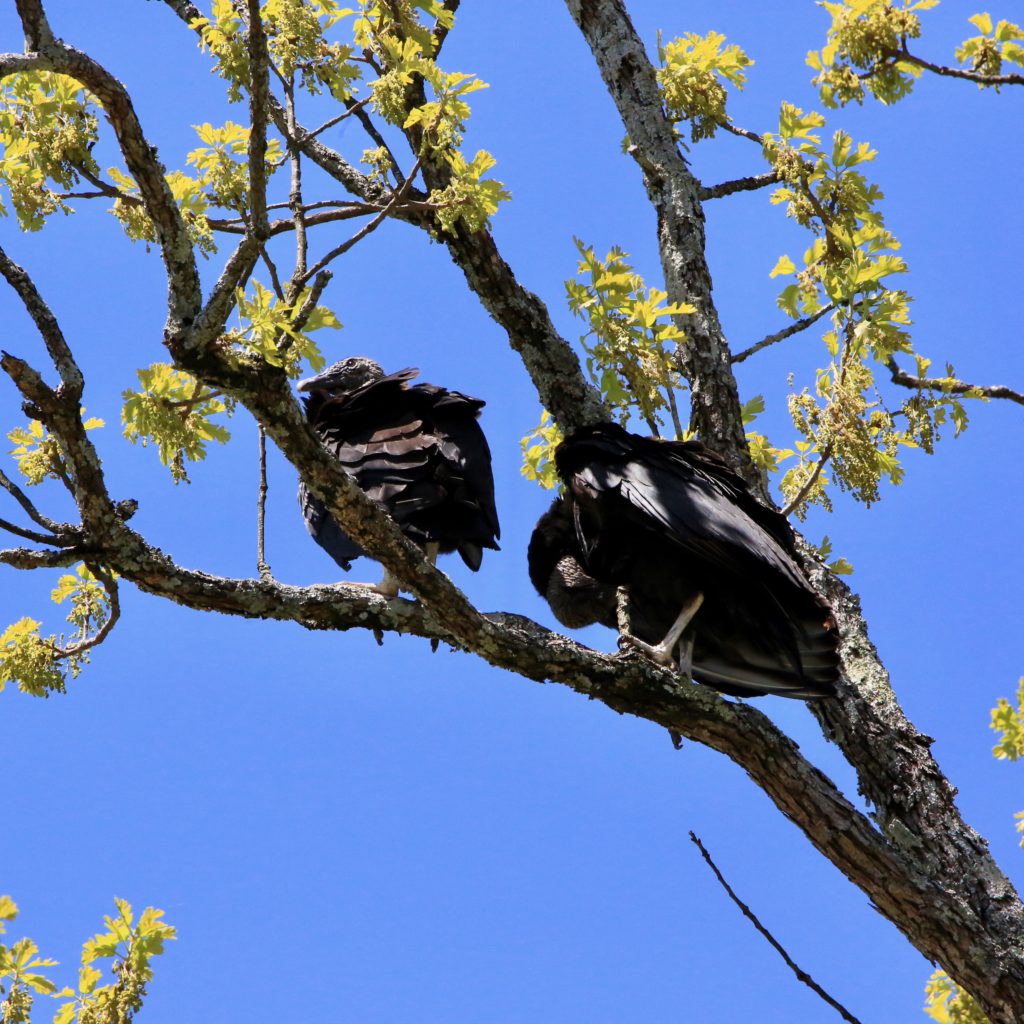
Bird Watching at Biscayne National Park
Share
Biscayne National Park is located in southern Miami, Florida. Covering Miami-Dade county, the 172,971 acres park is instrumental in preserving the Biscayne Bay and the barrier reefs it has offshore. The park is ninety-five percent water, and the bay’s shore is a large mangrove forest. The Biscayne National park includes both Eliott Key and the Florida Keys. The Florida Keys, in particular, is a result of coral reefs turning into fossils over time.
Major Attractions at Biscayne National Park
Boca Chita is Biscayne’s most visited island. This is because of the fantastic bird species and the lighthouse with historic value located here. For a relaxing spot, people go to the park’s largest island, Eliott Key. Once holding a
community of pineapple farmers, wreckers, spongers, today, people can hike, picnic, camp, and watch wildlife.
Israel Lafayette Jones farm and old home, counted as a historical place, is right here. People also paddle at the nearby Jones lagoon. In the Maritime heritage trail, one gets to snorkel and see the remains left by shipwrecks. On the north of the park, there is Stiltsville. Here, the land is submerged, and houses from the 1930s are still present.
GET KIDS BIRD WATCHING
Bird Watching at Biscayne National Park
Florida is a host to 586 bird species in papers. The total spotted bird count on the Biscayne National Park appears to be 202. For species such as Gebes, Loons, Warblers, Pelicans, it is their home.
Observed under the Greater Everglades Ecosystem, there appears to be a lack of fresh water in the park, and the water seems to become saltier every day. The ever-growing city of Miami also appears to take control of its banks slowly. As a result, the species visiting the park seems to change over the years.
Biscayne is still a vital area for birdwatching. The park has several trails, starting from the Convoy point. When you are driving through the main entrance, you need to be extra careful. Yellow-crowned Night-Herons are often found lining there. In addition, migratory Warblers choose to land there frequently.
Mangrove Cuckoos, which are otherwise impossible to find all over Florida, they seem to always be chilling around the visitor area. Northern Mockingbirds and Loggerhead Shrikes are there regardless of the season. Turkey Vultures and Black Vultures roost in the islands close to Mowry Canal. On a day of low tide, shorebirds and Double-crested Cormorants might be hiding in the rocks of the bird sanctuary.
In the mangroves or the shoreline of Biscayne Bay, Brown Pelicans, White Ibis, Little Blue Herons, Snowy Egrets, etc., are observed. You have to be 300 feet away in Jones Lagoon to avoid disturbing the birds and see the nesting wading birds.
In Eliott Key, the habitat is a mix of mangrove forests, hardwood hammocks, and beaches. Rare birds of the Caribbeans often show up here. It is possible to see a Bahama Mockingbird here as it is to see Red-headed Woodpecker. The Boca Chita Key, Stiltsville, Pacific Reef Light, and Fowey Rocks Light are a few other popular birding
places.
10 Birds to See at Biscayne National Park
Yellow-crowned Night-Heron
Yellow-crowned Night-Herons are short, stocky, and gray with short legs. They have a blackhead, white cheeks, and yellow legs. This Heron lives in coastal estuaries along the southeastern shoreline. Their population is stable with some recent expansion. They make their homes in bayous, streams, and swamps. Yellow-crowned Night-Herons feed on crabs and crayfish. They migrate south, some as far as Panama.
Northern Mockingbird
Northern Mockingbirds are gray with white underbellies; they have black and white wings. You can find them throughout the United States. They have seen a recent rise in population and are not at risk of being endangered. Their habitat is in backyards, hopping along a fresh-cut lawn. Northern Mockingbirds sing all day and like to eat insects and berries. Their nests are built in trees or shrubs 3 to 10 feet up. They lay 3 to 4 eggs. Not much is known about the migration patterns of Northern Mockingbirds. Some are thought to move south for the winter.
Loggerhead Shrike
Loggerhead Shrikes have a white underbelly with a gray and black head and wings. They have a hooked bill with tiny teeth on it. Their population in the northeast is almost gone, but they are still common throughout other regions. They make their homes in trees, scrub, and semi-open country. Loggerhead Shrikes like to search for prey from utility poles and fence posts. They eat large insects, lizards, and small birds. They will save food for later by piercing it on a barbed wire or thorn. These Shrikes build nests in thorny shrubs or trees and lay 5 to 6 eggs. Loggerhead Shrikes migrate early in the spring with those in the south being permanent residents.
Turkey Vulture
Turkey Vultures are all black and brown birds with bright red heads. You can find them throughout North America. They have a stable population with no risk of endangerment. Their homes are in open country and woods. Turkey Vultures have a great sense of smell for fresh carcasses. Because of this, they can be found along highways or in the open countryside. When Turkey Vultures are in flight, their wings raise to form a V. They lay 2 eggs and do not build
nests. Their nest area can be under rocks, in hollow logs, or on old buildings. Some Turkey Vultures migrate to South America.
Black Vulture
Black Vultures are an all-black bird with little white stars under their wingtips. They reside in eastern North and South America. Black Vultures live in the southeast have declined in population, but are not endangered. Their habitat is in open country and they avoid the mountains. They do not have a great sense of smell, so they follow Turkey Vultures to an animal carcass to eat. Black Vultures do not have a voice box. They lay 2 eggs and build their nests in a hollow log, tree, or cave. They migrate in small numbers in the winter.

















